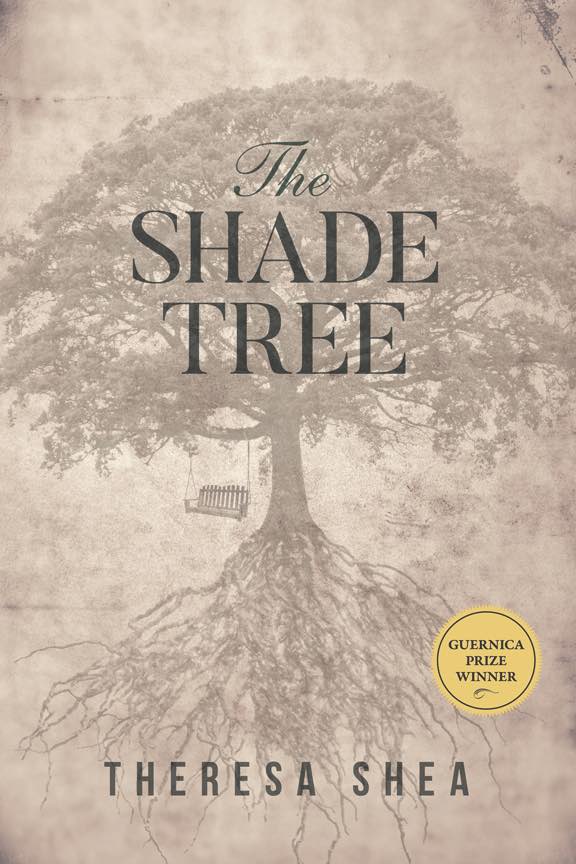Some histories bear revisiting, and the world of the southern States under Jim Crow laws comes sharply into focus in Theresa Shea’s The Shade Tree, recent winner of Canada’s Guernica Literary Prize. A trio of women are key, as Shea probes the culture and character of a Florida town in the 1930s and 1940s, where a lynching can occasion a festive picnic of watchers, including children. Mavis and Ellie are sisters caught in a web of white entitlement. While Ellie is aggressively evil, essentially a psychopath, Mavis is loyal and gullible, mainly ignoring what’s happening to the Black people kept under the heel of the white men around her, some of them Klan members. Third in the trio, Sliver, is a Black midwife keeping to herself a history of abuse and loss. She has become an expert not only in catching babies but in figuring out how to survive.
The older sister, Ellie, self-centred and unconcerned about the havoc she wreaks, serves as a catalyst not only in shaping her own unhappy fate but in determining the directions of the other two. White men in The Shade Tree are shaped from childhood in their convictions of superiority and licence. Black men are more dimensional, as they attempt to find loving relationships, cherishing wives and children—but they often end as victims.
If you have ever looked at photographs taken at the time of lynchings in the South, you have to believe that Shea is accurate in scenes that may well make you cringe—or weep. While the horrors perpetrated by men are forefront in her narrative, she also underlines the part played by white women who let it happen, remaining mute as Black women were raped by their husbands and sons, turning a blind eye to the mulatto children amongst their workers.
So, yes, it’s a tough story, but one with heart as waves of realization and empowerment come to Mavis. And some peace to Sliver. Like Lillian Smith’s Strange Fruit and Harper Lee’s To Kill a Mockingbird, The Shade Tree flourishes in a fully realized time and place. You can touch and smell the Florida oranges, see the swaying landscape from a porch swing, feel your eyes water in the stench of turpentine and tar works in the shantytown.
In the last part of the book, the setting shifts to Washington, D.C., each of the three women having moved there for their own reasons. But the story hearkens back to the homes they left behind as the civil rights movement grew during the 1950s and early 1960s. Watching news from the southern US today, it’s not difficult to see the vestiges of Jim Crow. It makes sense that Shea prefaces this novel with a quote from Joan Didion: “We are well advised to keep on nodding terms with the people we used to be, whether we find them attractive company or not.”
Glen Huser is the author of Burning the Night (NeWest).


